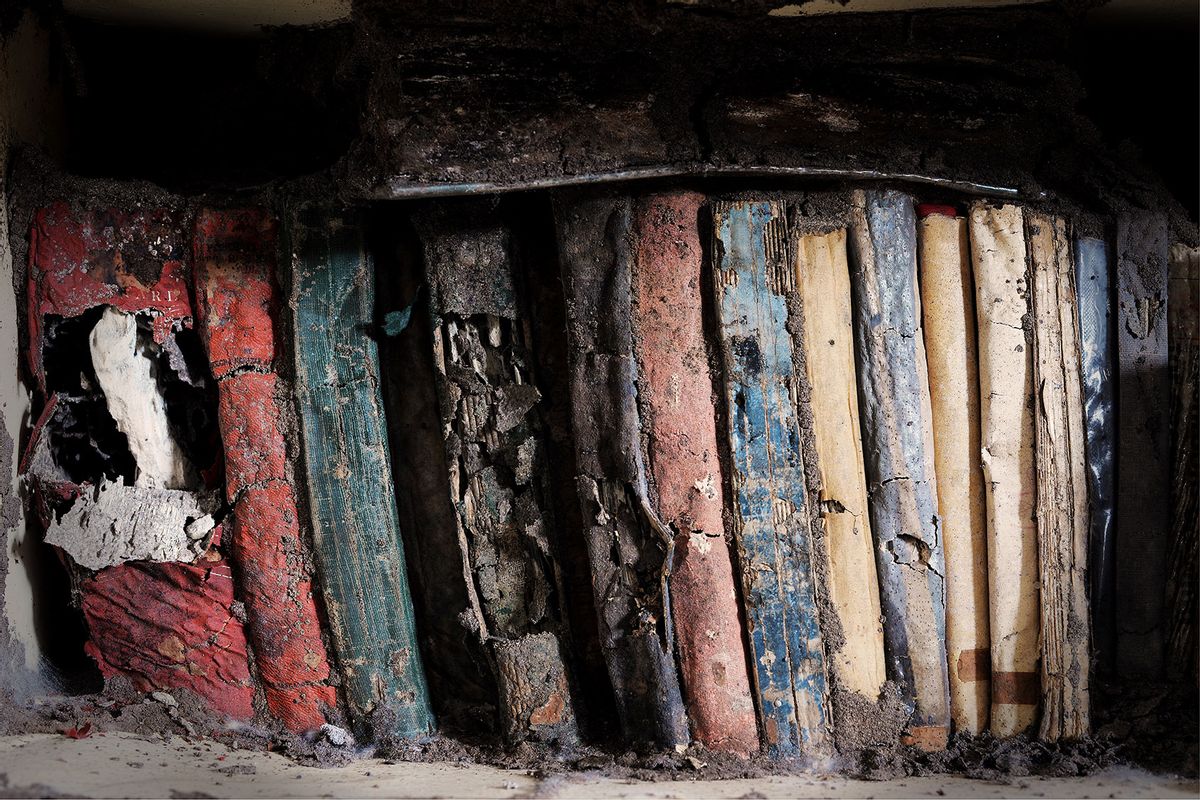There are dozens of insects and arthropods that fall under the umbrella term “bookworms” — and true to their name, they feed on humanity’s pulp fictions (and non-fictions), gnawing through ancient pages and the thinning patience of conservators in libraries and museums throughout the world. But scientists may have just discovered the poison pill needed to drive off these unwelcome dinner guests — a gluten-free option found in ancient Egyptian texts.
In a recent study from the American Chemical Society’s Journal of Proteome Research, researchers analyzing books from the National Library of Medicine archives discovered that gluten-free glues are less attractive to the dozens of pests classed as bookworms. And these glues could also help treasured tomes stand the test of time by reducing deterioration. It all comes down to a particular type of protein.
“This information could help conservators restore and preserve treasured tomes for future generations … understanding the nature of the proteins in these glues and how they affect the adhesives would help book conservators choose the best approaches and materials for their work,” the researchers note in a recent release. “Additionally, the proteins in starch glue were particularly durable and flexible, making it a potentially better choice than flour glue for book repairs.”
Flour-based glues come from the insides of wheat grains and include gluten — which bookworms love as much as the rest of us. But glues that are wheat-based, like starch glue, instead lack this tasty gluten inclusion. Wheat-based glues have a long history in bookbinding that originates in ancient Egyptian texts, which experts have partially attributed to the longevity of the world’s collection of papyrus documents.
According to the Metropolitan Museum of Art, the earliest recorded use of flexible, wheat-based starch glues in papyrus-making comes from the accounts of Roman naturalist Pliny the Elder, dating to circa 77–79 A.D. — a publishing process that remained largely the same for about 4,000 years with the earliest excavated scroll dating back to around 2900 B.C.

